Summary | Excerpt | Reviews | Beyond the Book | Read-Alikes | Genres & Themes | Author Bio
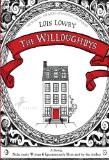
Critics' Opinion:
Readers' Opinion:
First Published:
Mar 2008, 176 pages
Paperback:
Mar 2010, 176 pages
 Book Reviewed by:
Book Reviewed by:
Jo Perry
Buy This Book
This article relates to The Willoughbys
Chocolate as a drink was a favorite of Montezuma, Emperor of the Aztecs. Hernando Cortez brought the drink back to Spain in 1529. It remained a favorite of the Spanish royalty for many years before being consumed widely throughout Europe.
It was not until three centuries later in England that chocolate was first used as a non-liquid confection. The inventor of 'chocolate for eating' is unknown, but in 1847, Joseph Fry & Son -- under the leadership of the original Joseph Fry's great-grandson -- discovered a way to mix some of the melted cacao butter back into defatted, or "Dutched," cocoa powder (along with sugar) to create a paste that could be pressed into a mold. John Cadbury added a similar product to his range in 1849.
By today's standards these original chocolate bars would not be considered very palatable. The early eating bars of chocolate were made of bittersweet chocolate. Milk chocolate was introduced in 1875 when Henry Nestle (a maker of evaporated milk) and Daniel Peter (a chocolate maker) got together.
In 1879, Rodolphe Lindt thought to add cocoa butter back to the chocolate. Adding the additional cocoa butter helped the chocolate set into a bar that "snaps" when broken, as well as melting on the tongue.
When Milton S Hershey visited the 1893 Columbian Exposition, a World's Fair held
in Chicago, a chocolate-making machine made in Dresden, Germany caught his eye. Hershey, who had already made a fortune from caramels, saw the potential for chocolate. He installed the machines in his factory and produced the first
Hershey bars in 1900.
From the end of the 1890's to the early 1900's, other American manufacturers started to produce candy bars, but World War I was the turning point that brought attention to the candy bar. The U.S. Army Quartermaster Corps commissioned various American chocolate manufacturers to provide 20 to 40 pound blocks of chocolate to be shipped to quartermaster bases. The blocks were chopped up into smaller pieces and distributed to American soldiers in Europe.
By the end of the war, the returning "doughboys" had grown fond of chocolate candy and now as civilians wanted more of the same.
As a result, from that time on and through the 1920s, candy bar manufacturers
became established throughout the United States, and as many as 40,000 different
candy bars appeared on the scene.
Kandy Kake or Baby Ruth?
Many of the candy bars introduced in the 1920s did not survive, including the Milk Nut Loaf, Fat Emma, Big Dearo, Vegetable Sandwich (dehydrated vegetables and bran), Chicken Dinner (a chocolate peanut roll that survived until the 1960s). Then there's the Kandy Kake, which found a new lease of life as the the Baby Ruth.
When did your favorite candy bar appear?
Filed under Cultural Curiosities
![]() This "beyond the book article" relates to The Willoughbys. It originally ran in April 2008 and has been updated for the
March 2010 paperback edition.
Go to magazine.
This "beyond the book article" relates to The Willoughbys. It originally ran in April 2008 and has been updated for the
March 2010 paperback edition.
Go to magazine.
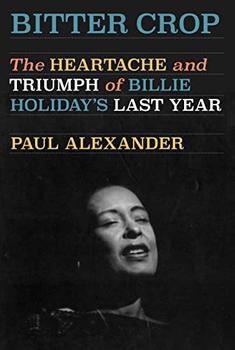
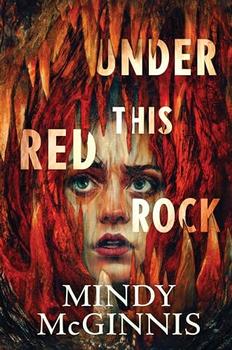
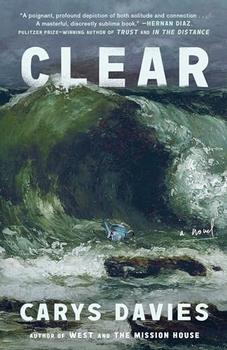
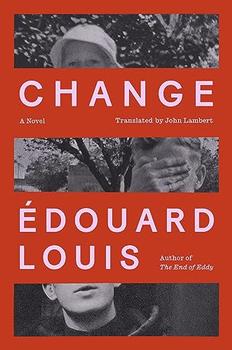
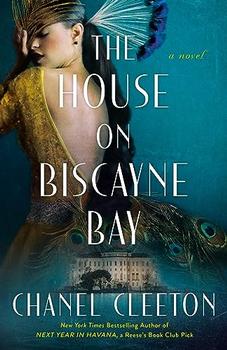
The House on Biscayne Bay
by Chanel Cleeton
As death stalks a gothic mansion in Miami, the lives of two women intertwine as the past and present collide.
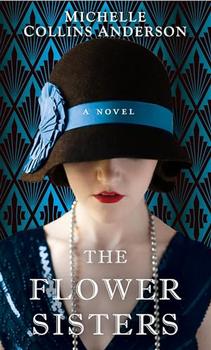
The Flower Sisters
by Michelle Collins Anderson
From the new Fannie Flagg of the Ozarks, a richly-woven story of family, forgiveness, and reinvention.

The Funeral Cryer by Wenyan Lu
Debut novelist Wenyan Lu brings us this witty yet profound story about one woman's midlife reawakening in contemporary rural China.
Your guide toexceptional books
BookBrowse seeks out and recommends the best in contemporary fiction and nonfiction—books that not only engage and entertain but also deepen our understanding of ourselves and the world around us.